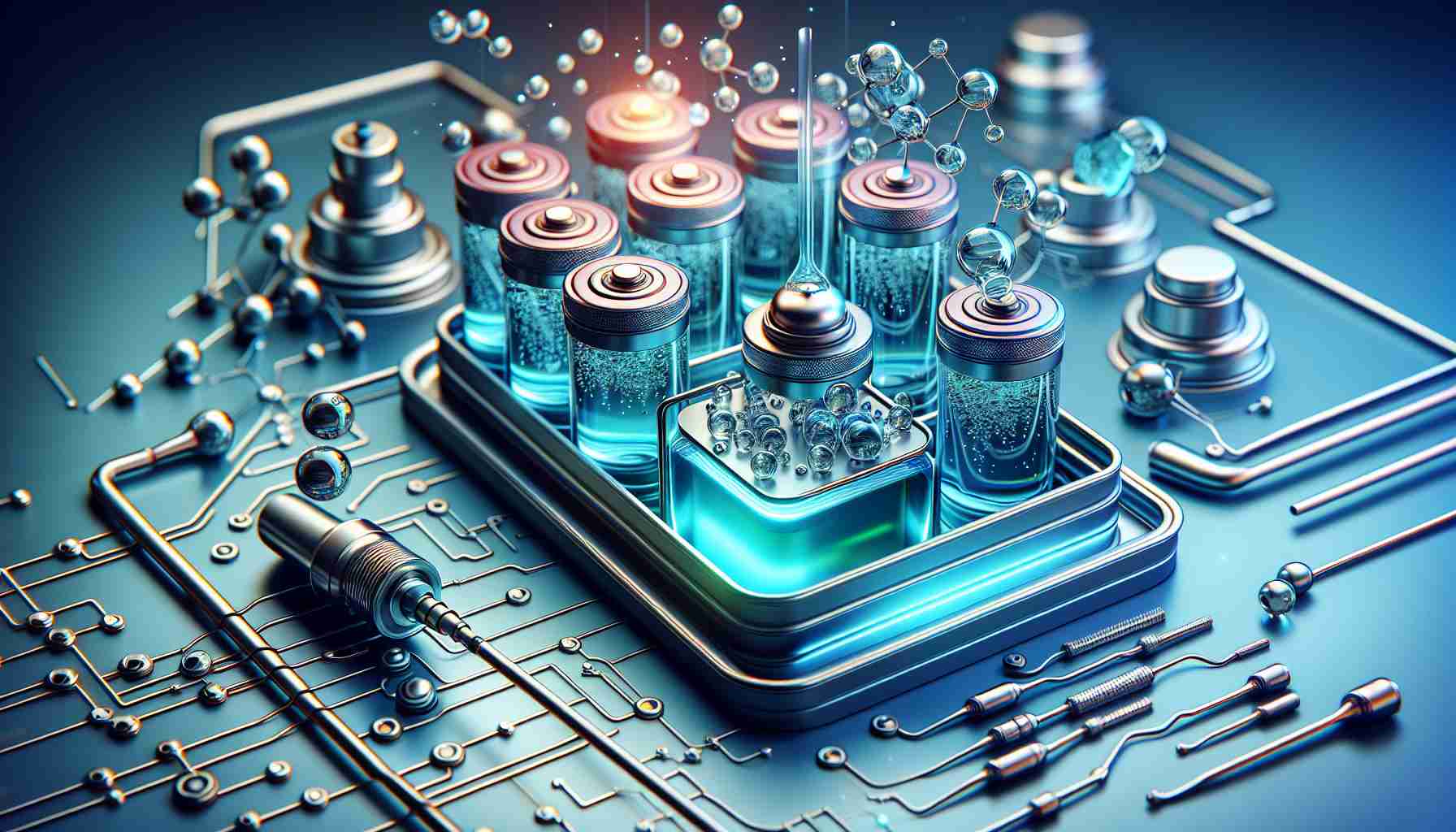To meet the growing demand of modern society for energy storage solutions, continuous improvement of currently used lithium-ion batteries (LIBs) based on conventional organic solvents (such as ethers and/or carbonates) is necessary. There is an urgent need to replace these solvents, which are volatile and flammable, with safe substances for extreme operating conditions, such as high temperature, fast charging, or internal short-circuiting.
One promising solution is to replace organic solvents with ionic liquids (ILs). ILs have many characteristics that allow avoiding problems associated with traditional LIBs, such as low volatility, low flammability, high ionic conductivity, and wide electrochemical window. The interest in research on IL-based electrolytes is growing among both the scientific community and the industry.
In this study, the authors present a historical overview of progress in the application of ILs as non-polar electrolytes. The relationships between the chemical structure and basic properties of ILs are also discussed. Additionally, the achievements in the field of IL-based electrolytes for lithium-ion batteries are analyzed, with a particular focus on IL-based liquid electrolytes (IL-based LEs), IL-based polymer electrolytes (IL-based PEs), and IL-based composite polymer electrolytes (IL-based CPEs). Furthermore, future directions and development strategies for IL-based electrolytes and corresponding lithium-ion batteries are discussed based on available literature reports and the authors’ experiences in this field.
FAQ:
1. What are the main challenges associated with current lithium-ion batteries (LIBs) based on organic solvents?
– The main challenges are their volatility, flammability, and hazardous behavior under extreme conditions.
2. What benefits do ionic liquids (ILs) bring as a substitute for organic solvents in LIBs?
– Ionic liquids have low volatility, low flammability, high ionic conductivity, and a wide electrochemical window. They can help avoid most of the problems associated with traditional LIBs.
3. What are the main topics discussed in the article?
– The article presents a historical overview of the application of ionic liquids as electrolytes in LIBs. The relationships between the chemical structure and properties of ionic liquids are also discussed. Additionally, the achievements of IL-based electrolytes for lithium-ion batteries are analyzed, including IL-based liquid electrolytes, IL-based polymer electrolytes, and IL-based composite polymer electrolytes. Future directions for the development of IL-based electrolytes are also presented.
4. What are the key terms and concepts used in the article?
– Lithium-ion batteries (LIBs)
– Ionic liquids (ILs)
– Organic solvents
– Ionic conductivity
– Electrochemical window
– IL-based liquid electrolytes (IL-based LEs)
– IL-based polymer electrolytes (IL-based PEs)
– IL-based composite polymer electrolytes (IL-based CPEs)
Suggested related links:
– Homepage
– Link to related page
– Another related page
The source of the article is from the blog procarsrl.com.ar
